News 12/26/13
Good news for physicians: CMS adopts final rules extending the Stark exception sunset date from December 31, 2013 to December 31, 2021. The amendment allows healthcare entities to continue subsidizing physician purchases of EHRs and addresses additional rule modifications, including:
- The exclusion of lab companies from donating EHR items and services
- The elimination of the e-prescribing capability requirement
- Updates to the interoperable provision
- Clarification of the requirement prohibiting any action that limits or restricts the use, compatibility, or interoperability of donated items or services.
Ownership of an e-prescribing system jumped from 30 percent in 2007 to more than 56 percent in 2010, according to data from the National Ambulatory Medical Care Survey. Of those practices with e-prescribing capabilities, 85 percent of the providers actually sent prescriptions electronically in 2010. Family medicine providers had the highest ownership rate at 68 percent; psychiatrists had the lowest rate with less than 32 percent.
The Mercy health system (MO) says that use of its e-visits service has quadrupled over the last few months. More than 400,000 Mercy patients have signed up for MyMercy, which also allows patients to schedule appointments, email providers, track medical histories, and pay bills.
Greenway Medical Technologies wins the 2013 Intel Innovation Award for its PrimeMOBILE app for Windows 8.
This week tends to be one of the slowest of the year for HIT news, even though most providers don’t get too much of a holiday break. If you are in the trenches providing care, thanks for your dedication.
Email Inga.

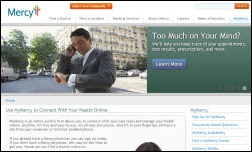


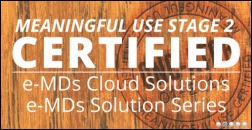
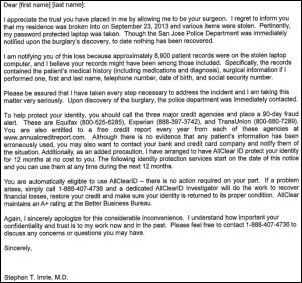

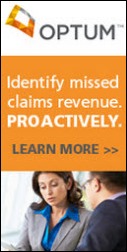
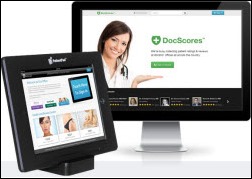



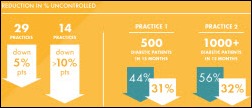
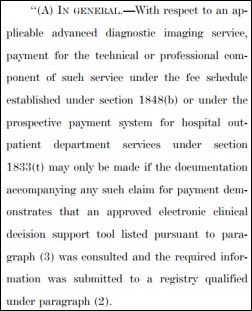

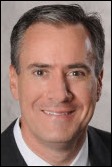
The article about Pediatric Associates in CA has a nugget with a potentially outsized impact: the implication that VFC vaccines…